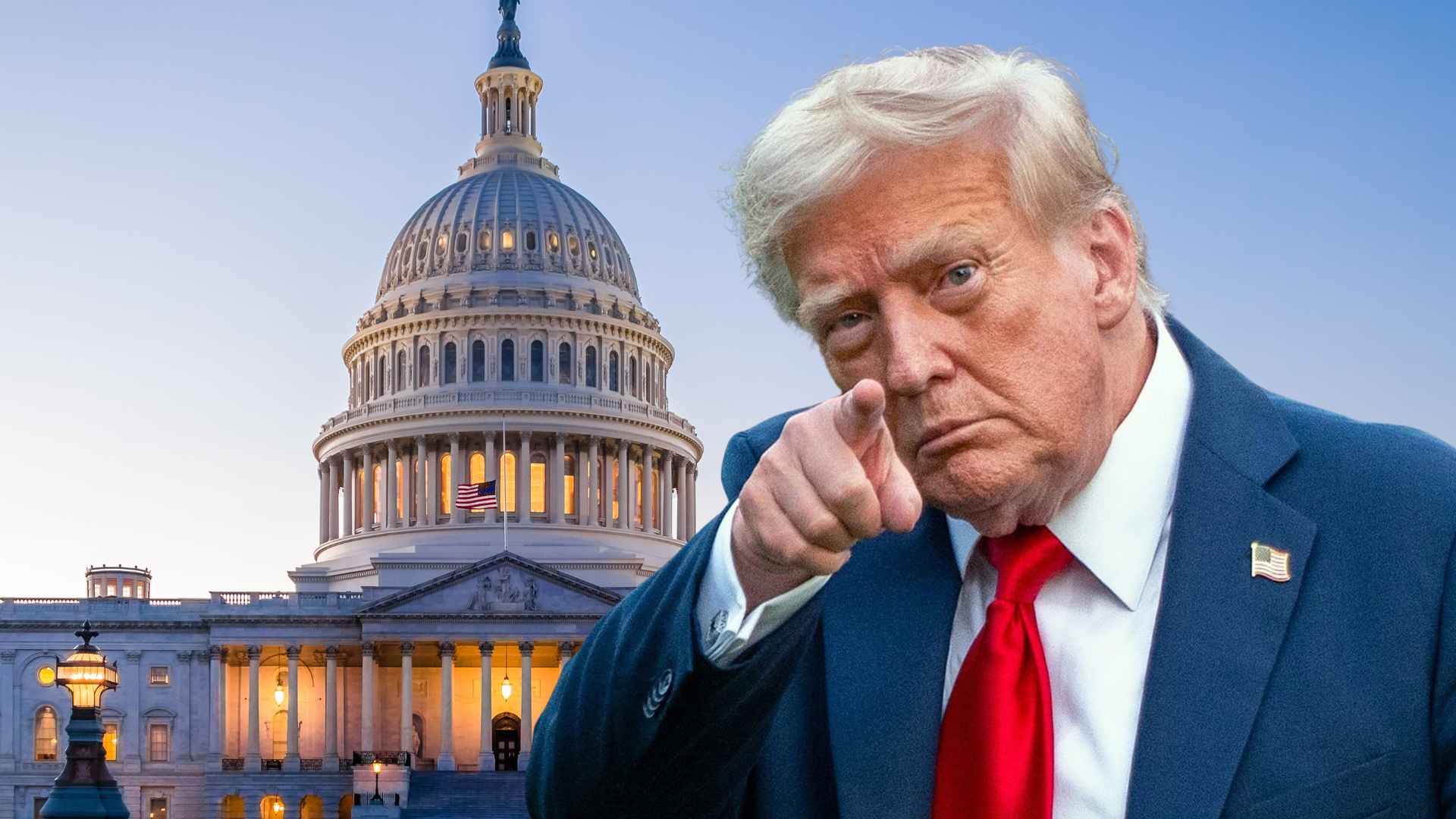The government’s transition to electronic payments will soon affect nearly half a million Social Security beneficiaries. With a new executive order coming into effect by the end of 2025, all federal payments, including Social Security benefits, will be issued digitally. This means paper checks will no longer be an option for most beneficiaries.
The new executive order, titled “Modernizing Payments To and From America’s Bank Account,” mandates that all federal disbursements, including Social Security, be made electronically by September 30, 2025. The move is designed to improve efficiency, reduce fraud, and eliminate the delays and costs associated with paper checks.
How does this affect Social Security recipients?
Currently, about 72 million Americans receive Social Security benefits. While the majority (99%) already receive payments digitally, around 0.8% or roughly 512,690 people still get their payments via paper check. These beneficiaries will need to transition to electronic payment methods, either through direct deposit or a Direct Express Card.
Table: Impact of Transition for Social Security Beneficiaries
| Payment Method | Percentage of Recipients | Current Transition Requirement |
|---|---|---|
| Direct Deposit | 99% | No change needed |
| Paper Check | 0.8% | Must switch to digital payments |
The Social Security Administration (SSA) is proactively sending notices to people who still receive paper checks. These notices provide instructions on how to make the switch to digital payment methods. Beneficiaries can either change their payment preference online through their “My Social Security” account or contact SSA for assistance.
One of the biggest concerns with this digital transition is the impact on unbanked individuals. According to the Federal Deposit Insurance Corporation (FDIC), about 4.2% of U.S. households (around 5.6 million homes) are unbanked, meaning they don’t have access to a traditional bank account. For these individuals, the government has allowed some flexibility, with paper checks still available on a temporary basis. However, as the push for digital payments continues, it’s likely that the unbanked will eventually need to find alternative ways to access their benefits.
What you need to do if you receive paper checks
For those still receiving paper checks, the time to act is now. Switching to digital payments ensures there’s no disruption in receiving benefits after the deadline. Here’s what you need to do:
- Log in to your “My Social Security” account to change your payment preference.
- Alternatively, contact the SSA for assistance if you don’t have internet access.
- Choose between Direct Deposit or a Direct Express Card for your future payments.
By acting quickly, Social Security recipients can avoid delays and ensure that they continue to receive their benefits on time. The move to digital payments promises to make the process more efficient, secure, and cost-effective for everyone involved.

